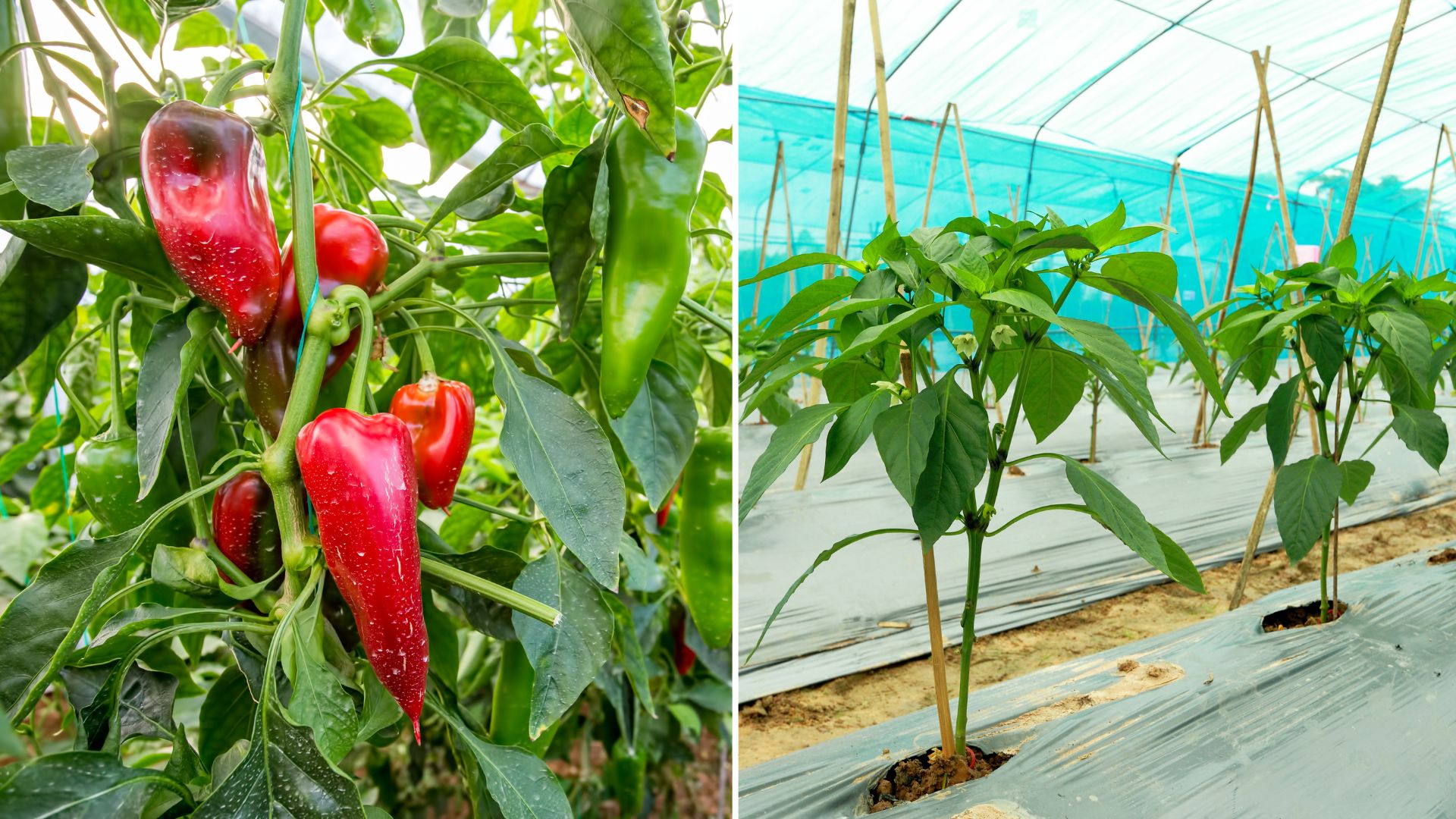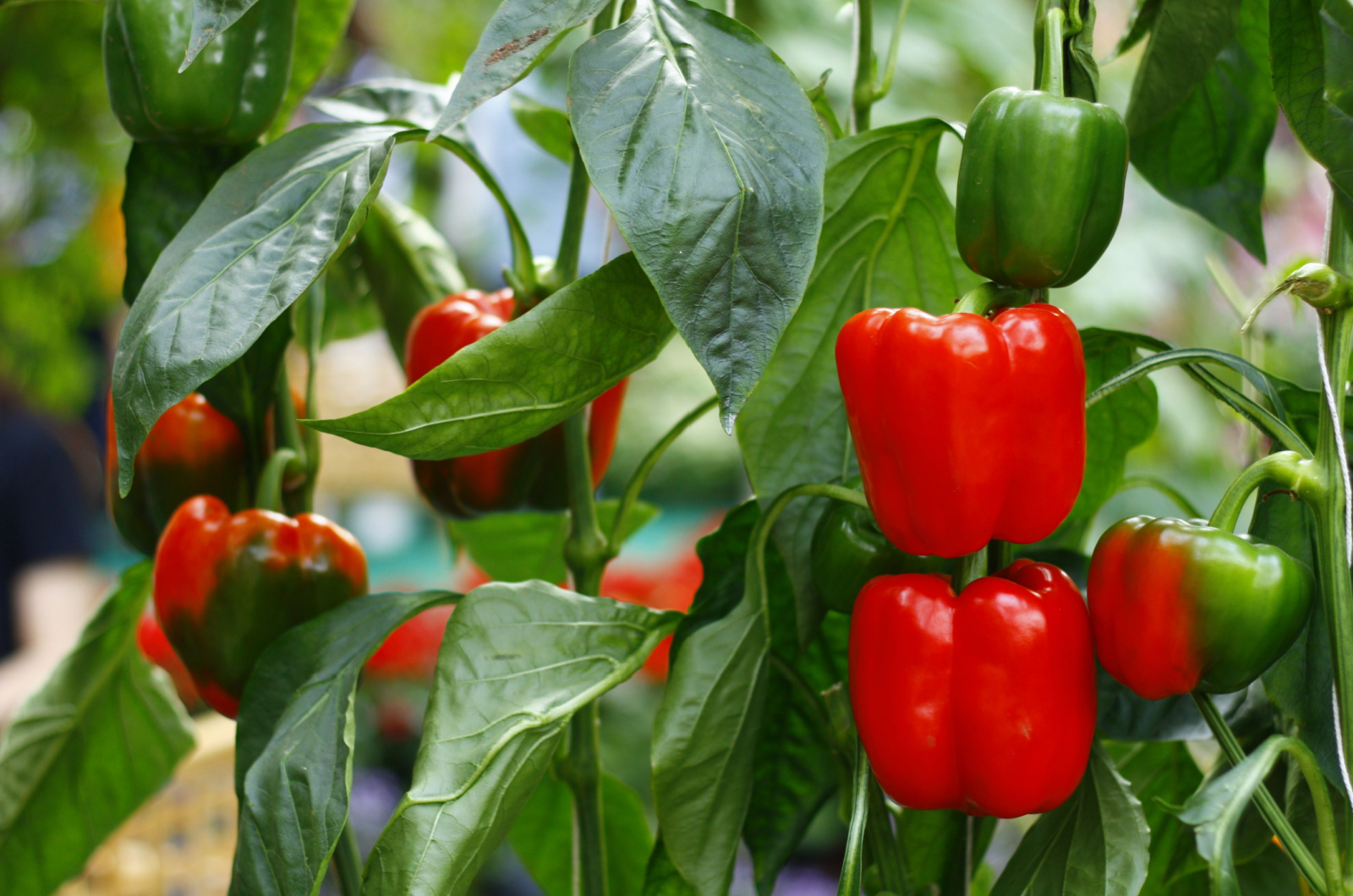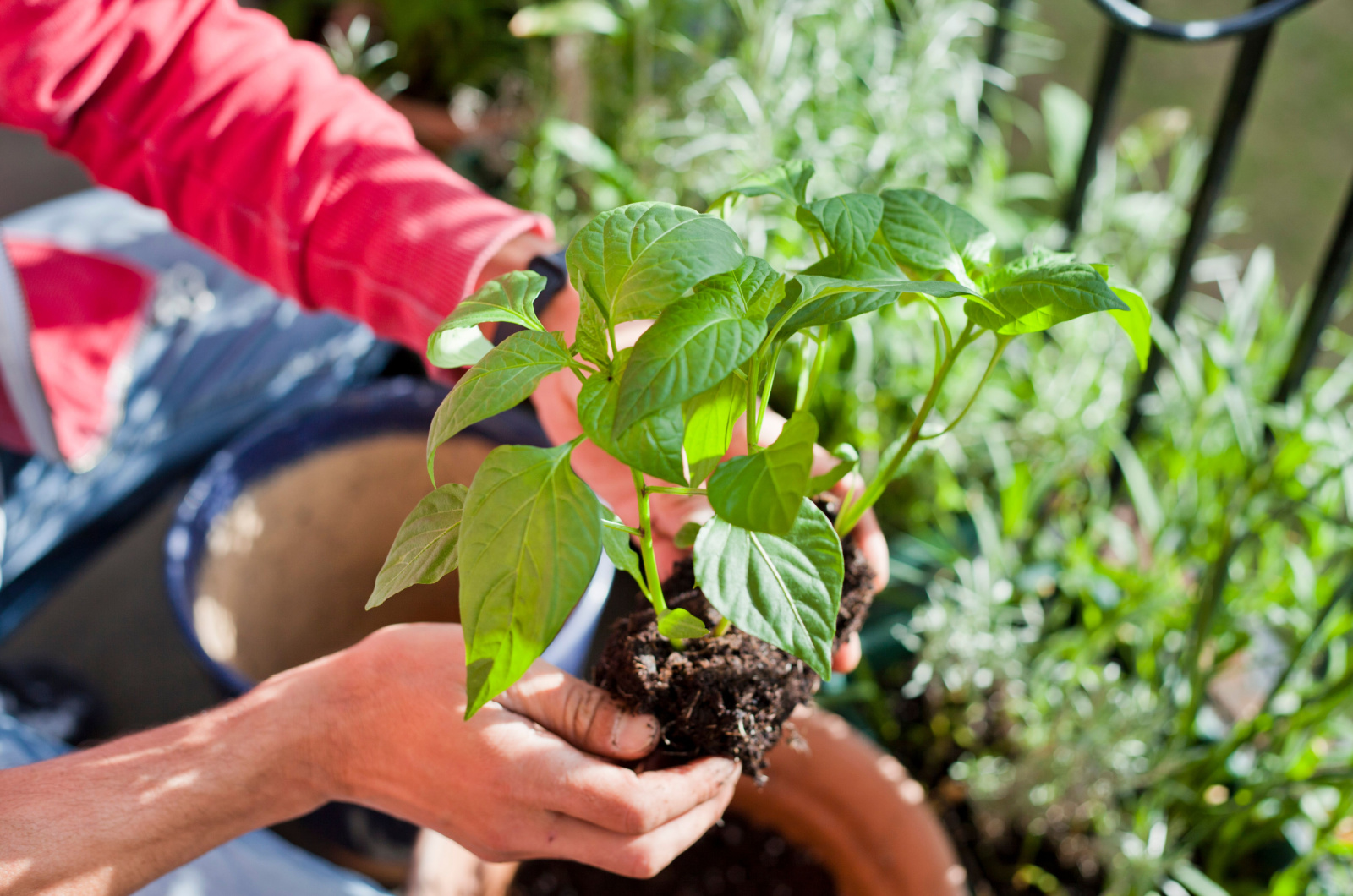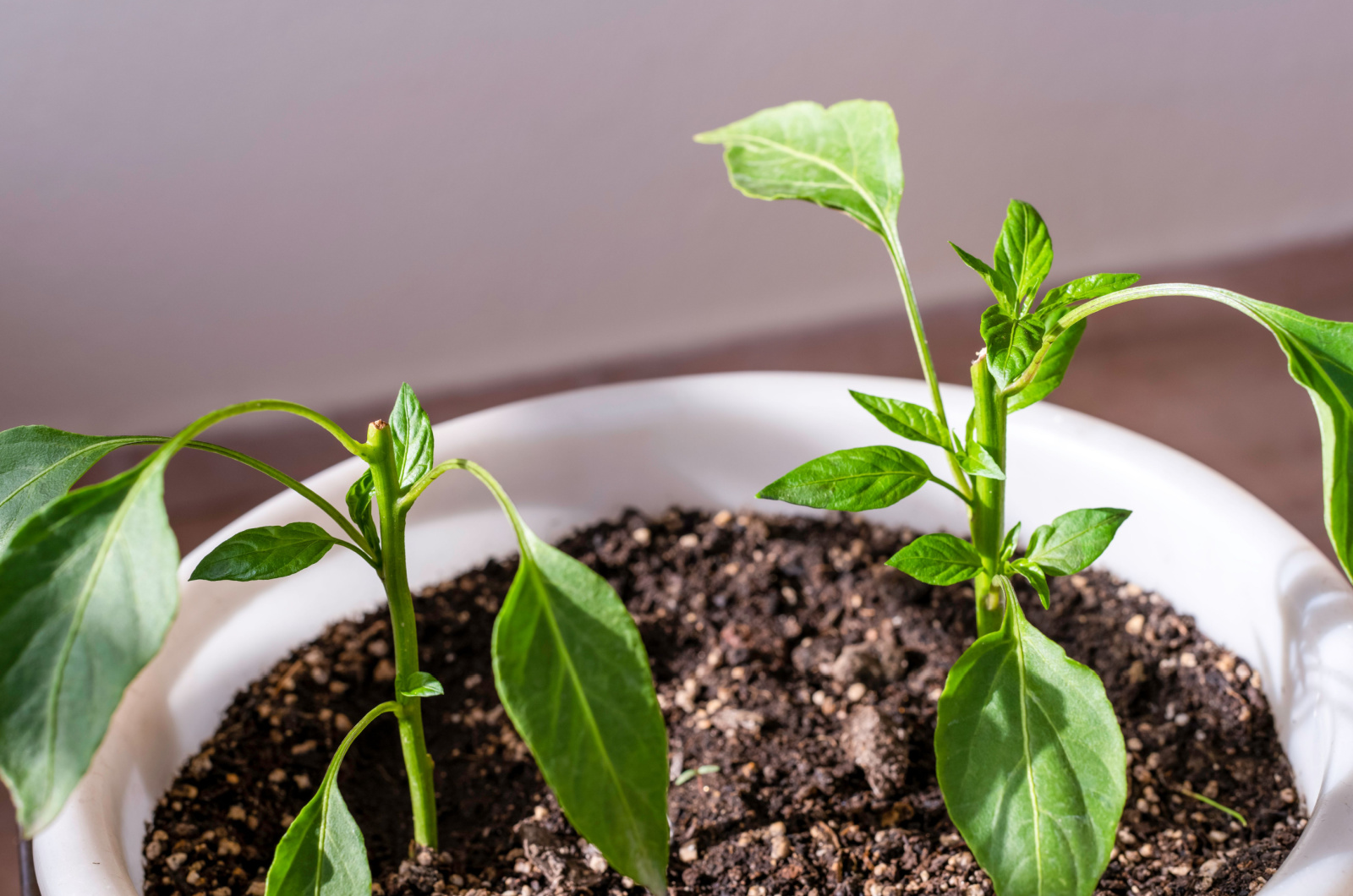We usually grow pepper plants as annuals, but they are actually tender perennials that will continue growing if you don’t expose them to frost.
That means tedious seed nursing and waiting months on end before you see any real growth and fruits slowly appearing. And just when you think the worst is behind you, frost comes and destroys all your hard work.
Luckily, you can just overwinter your pepper plants and forget all about those worries once you transplant them into the ground the following spring.
Here’s how you can do that!
Why Overwinter Pepper Plants In The First Place?
One reason to uproot pepper plants and overwinter them is that you won’t have to go through the entire process of growing them from seed or buying new seedlings year after year.
You’ll have a mature plant ready to be transplanted once the weather gets warm enough.
Another reason is making room for other fall crops. If you leave pepper plants outdoors for too long, the first fall frost will kill them. At that point, it will be too late to plant any cool-season crops, such as broccoli and spinach.
Therefore, you’ll sacrifice plenty of leafy greens just to be able to pick another pepper from your plant. It doesn’t pay off, but overwintering them does.
That way, you don’t lose anything!
1. Cut The Pepper Plants Back
Pruning pepper plants is essential if you want to have as much fruit as possible, and the same goes for overwintering them.
You have to chop your plants drastically in order to induce dormancy for the next six months and conserve their energy for the growing season. To achieve that, peppers need to have as little foliage as possible, or rather, none.
Remove the leaves in their entirety and leave just 2-3 branches. On each branch, leave 2 lateral shoots in a V-shape, and shorten the plant to be only a couple of inches off the ground.
Here are some more tips for cutting back pepper plants in order to overwinter them:
2. Take Them Inside
August is the time for pepper harvest. And once the fruit starts swarming in, it’s hard to let go.
However, you should know when to stop and take your peppers inside where it’s warm enough for them to survive the winter conditions.
Once you get a few consecutive nights with temperatures in their 40s, you should prune your pepper plants and uproot them.
Dig around the plant and separate its root system away from the dirt. With a shovel, take it out of the ground and turn it on its side. Using your fingers, gently free the roots from all the dirt.
At this point, you can remove all the diseased and rotten roots, and shorten the entire root system to a size of 6-8 inches.
3. Remove Bugs And Eggs
The next step is to remove all bugs and eggs from the plant before potting, even the ones you don’t see.
Fill a five-gallon bucket halfway up with water and add a teaspoon of neem oil and castile soap. Stir the solution thoroughly and dip your entire pepper plant in it, including roots and stems.
This will ensure you’re not bringing any pests indoors, which might come to life due to the warmth and infest your pepper plant and other green buddies.
First dip the roots and let them soak for about a minute or so and then do the same for the stems.
4. Tuck Them In
Now’s the time to tuck your pepper plants in and make them cozy during the cold.
Fill an eight-inch container with premoistened high-quality potting medium. The mix shouldn’t be soggy, and you can test it by squeezing it. If it retains its shape, but no water drips, it’s perfectly moist.
Add a little bit of growing medium to the bottom of the planter, place your pepper plant in it, and then cover the roots with more soil. Pat down the substrate after filling the container to compress it, and water your plant until the excess starts running out through the drainage hole.
Then, place your plant in a location where temperatures are between 50-60°F and there’s some indirect sunlight coming through the window. If you don’t have a window that offers this kind of light, place your pepper plant under some grow lights for 2-3 hours per day.
Since the pepper plant is dormant, you don’t need to fertilize it. You only have to water it once every 1-2 weeks or whenever the topsoil gets dry. So… just like your regular houseplants.
Bear in mind that your pepper plant might wake up from time to time and grow some leaves, but you should chop them off to allow your plant to conserve energy until spring.
Just make sure to use clean scissors or pruners wherever you do trim your plants since you don’t want any bacteria or fungi spores transferring onto your plants.
5. Harden The Pepper Plants In Spring
Your pepper plant will start showing signs of waking up in spring. And once the weather gets warm enough for transplanting, you should start hardening them off.
That means, after the last expected spring frost.
Start by exposing your plants to outdoor conditions for an hour and then moving them back inside. Take them to a sheltered location and gradually expose them to all weather conditions, increasing the amount of time they spend outside by an extra hour.
Keep doing this until your plant can last an entire day and night outside, and then transplant it into its permanent position.
Water your plants more frequently during this process because outdoor conditions can be a bit more drying, and start applying fish emulsion once your pepper starts putting on new leaves.
This way, you’ll get a head start and a decent-sized plant in your summer garden.




